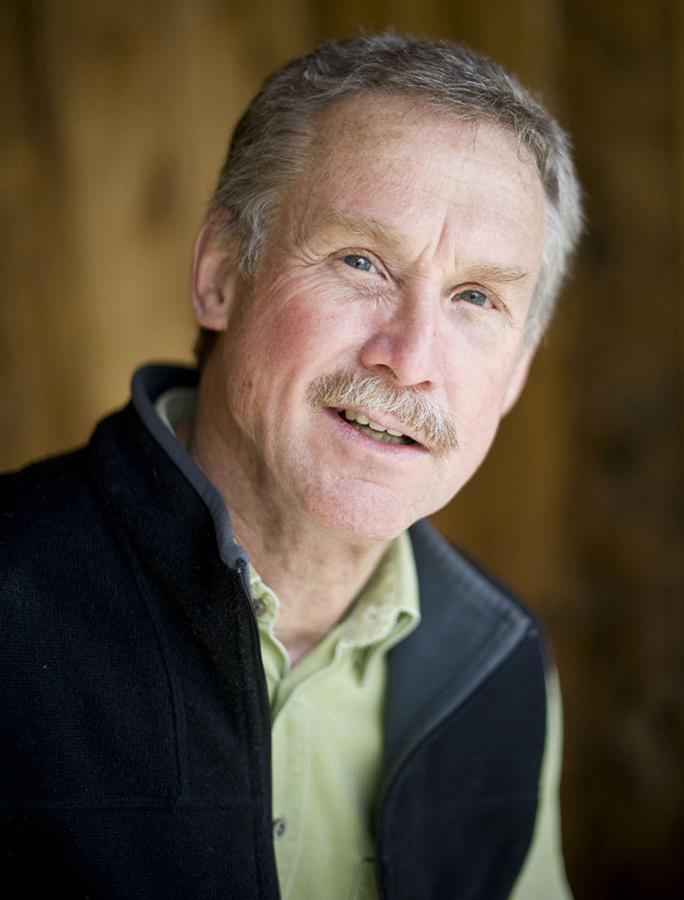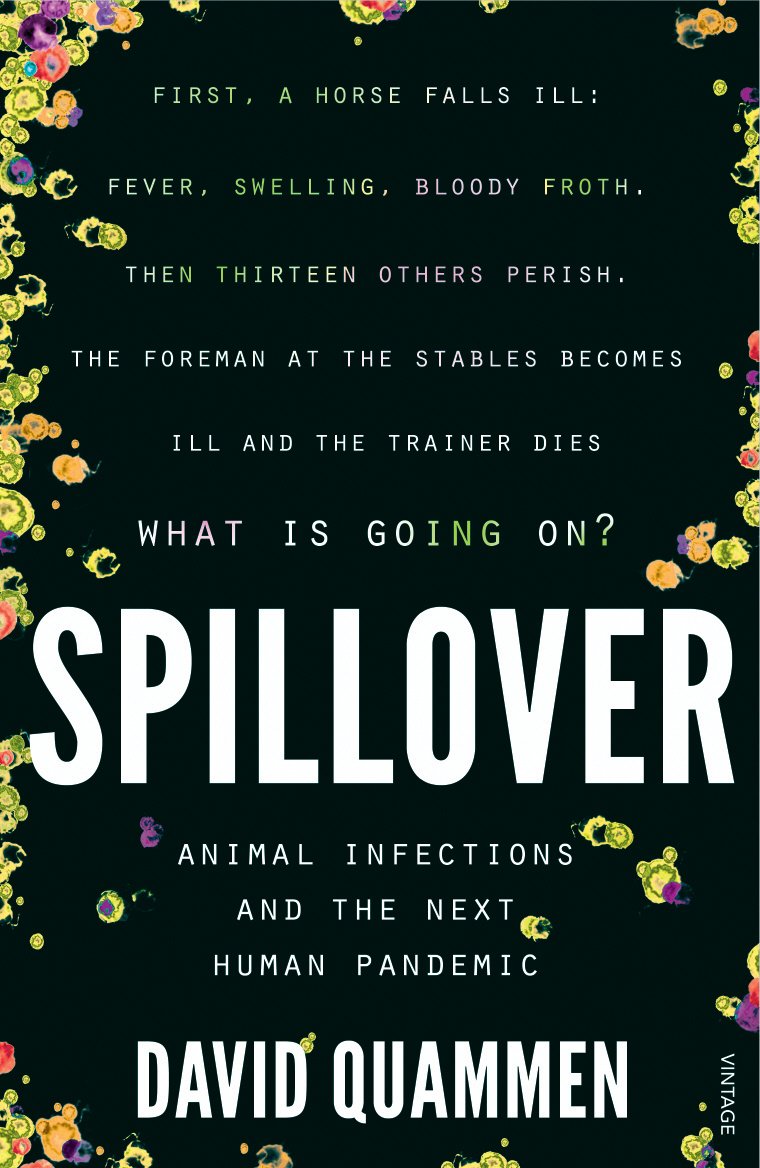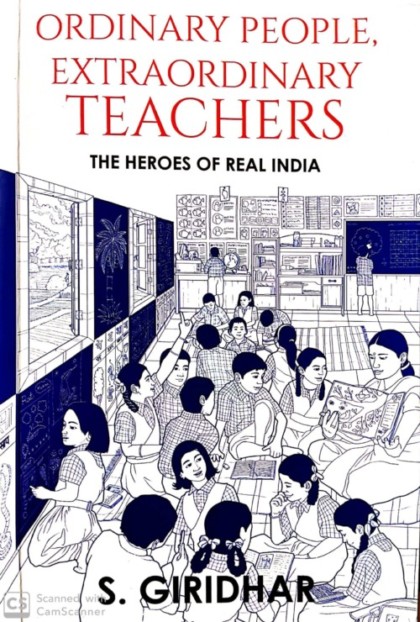‘Make no mistake, they are connected, these disease outbreaks, coming one after another…. They reflect the convergence of two forms of crisis on our planet. The first crisis is ecological, the second is medical.’ Spillover (2012) by David Quammen
The current Sars-CoV 2 pandemic might just be the result of a long simmering melting pot finally coming to a boil. David Quammen’s book Spillover foresaw in 2012 what we are experiencing now – the global spread of a zoonotic disease as a result of rapidly declining ecosystems and a precarious state of healthcare in most parts of the world. It did not foresee when it would happen and what exactly would happen but, Mr. Quammen took an educated guess in the form of open questions, as he often does throughout the book:
‘Will the Next Big One be a virus? Will the Next Big One come out of a rainforest or a market in southern China? Will the Next Big One kill 30 or 40 million people?’
These open questions are a thread in the book, leaving room for the reader to reflect on them. The question Quammen poses are very much in line with the uncertainty or more positively put fluidity which seem to define the current millennium. Yet, it is important to ask these questions (Mr. Quammen provides answers or starting points for guessing throughout the book):
‘Why do strange new diseases emerge when they do, where they do, as they do, and not elsewhere, other ways at other times? Is it happening more now than in the past? If so, how are we bringing these afflictions upon ourselves? Can we reverse or mitigate trends before we’re hit with another devastating pandemic?’
While you may think the answer to the last one is no, the way I see it is that this question continues to apply. We might be too late to prevent Sars-CoV2 from upturning our lives – but we better be on our toes anticipating that this pandemic won’t be the last. Overcast by the Sars-CoV2 pandemic you might not have noticed that the Democratic Republic of Congo is facing yet another Ebola outbreak. We don’t know how the interruption of international children vaccine programmes against e.g. measles, polio and diphtheria will play out in the near future. And lastly as very evidently laid out in Spillover – we don’t know when and where the next spillover events will happen.
Spillover makes it very clear. Pathogen emergence and disease spread do not simply happen to us, they are a direct (unintended) consequence of many forms of human behavior – sometimes with dire consequences for other species on Earth:
‘Over the past fourteen days, Fay informed me, we had stepped across 997 piles of elephant dung and not one dollop from a gorilla. We had passed amid millions of stems of big herbaceous plants, including some kinds […] with nutritious pith that gorillas devour like celery; but not one of those stems, so far he’d noticed, had shown gorilla tooth marks. We had heard zero gorilla chest-beat displays, seen zero gorilla nests. It was like the curious incident of the dog in the nighttime – a silent pooch, speaking eloquently to Sherlock Holmes with negative evidence that something was not right. Minkébé’s gorillas, once abundant, had disappeared. The inescapable inference was that something had killed them off.’
I simply had not thought about it. 1.Bugs that are dangerous to humans are potentially harmful to other species and 2. Humans can pass on diseases to other species (an event called anthroponosis as opposed to zoonosis).
Reads like a crime story
Spillover brings out the intricate relationship between ecology, evolution and pathogen emergence and human health through many examples from across the globe. It builds on numerous conversations and field trips with some of the most respected researchers across ecology, virology, epidemiology and the numerous specializations within. Quammen meticulously researched the origin and current understanding of well-known and not so well-known diseases, leaving no stone unturned and almost no question unaddressed.
It is those descriptions of field trips in a very detective-like manner which makes Spillover a very exciting read as compared to many non-fiction books on the subject. Quammen has a captivating writing style effortlessly weaving in facts and terminology, yet easy to follow for the layman – as most of us are. It might be that Quammen’s previous avatar of a crime story author shines through.
It becomes evident to the reader that greater respect for ecology, wildlife and nature is the need of the hour. That this respect needs to go beyond acknowledgement but urgently needs to translate into action and behavior change. Quammen does this without becoming preachy or advisory. He just states facts.
Spillover is a must read. For everyone. Not just academics, nerds, ecologist and whomever else you may consider concerned. Spillover is a very intriguing, accessibly written absolute informative book with lots of insights into the past, present and future of diseases and disease spread.
I also hope this book serves as an inspiration to the younger reader to take up any of the maybe alien sounding professions popping up throughout the book: viral ecologists, microbiologists, island ecologists, molecular evolution researcher, disease control, chiropterologist (that is someone working with bats), epidemiologists, agronomists, to name a few of them. These are the jobs for the future – these are the specialists our planet needs.

About the Author:
David Quammen is a well-known science writer and explorer. Author of four books of fiction and eight non-fiction titles including Spillover: Animal Infections and the next Human Pandemic. He is a frequent contributor to National Geographic Magazine among other periodical publications. He wrote on Covid-9 pandemic in NY times, New Yorker and the National Geographic. David recently spoke at an event organized by the Bengaluru Sustainability Forum, Bengaluru Science Gallery and Champaca Reading for Change. It’s part of a monthly book reading and discussion on the UN SDGs.
A conversation with David Quammen and Anil Ananthaswamy – https://youtu.be/rPJJ-islo80










